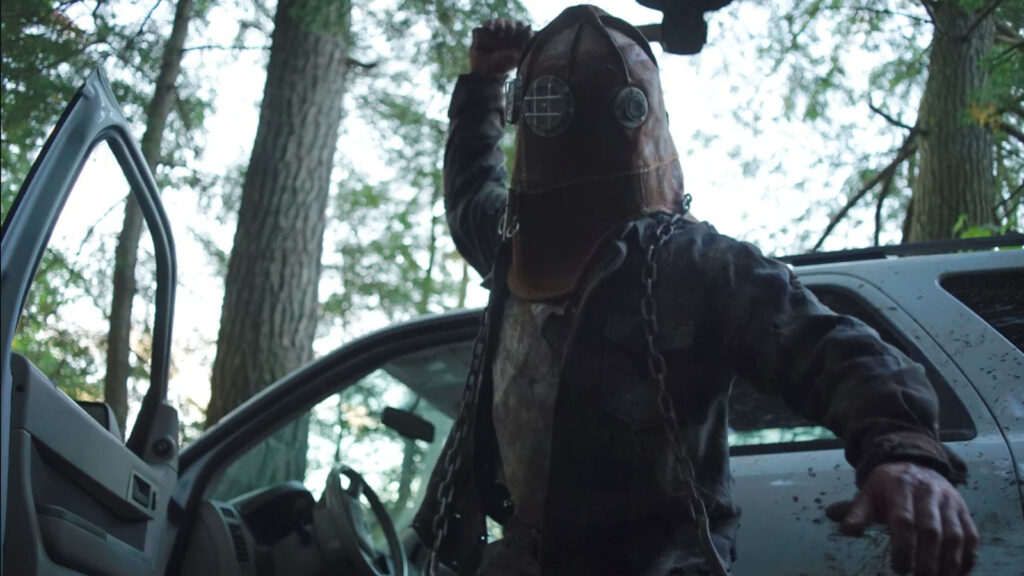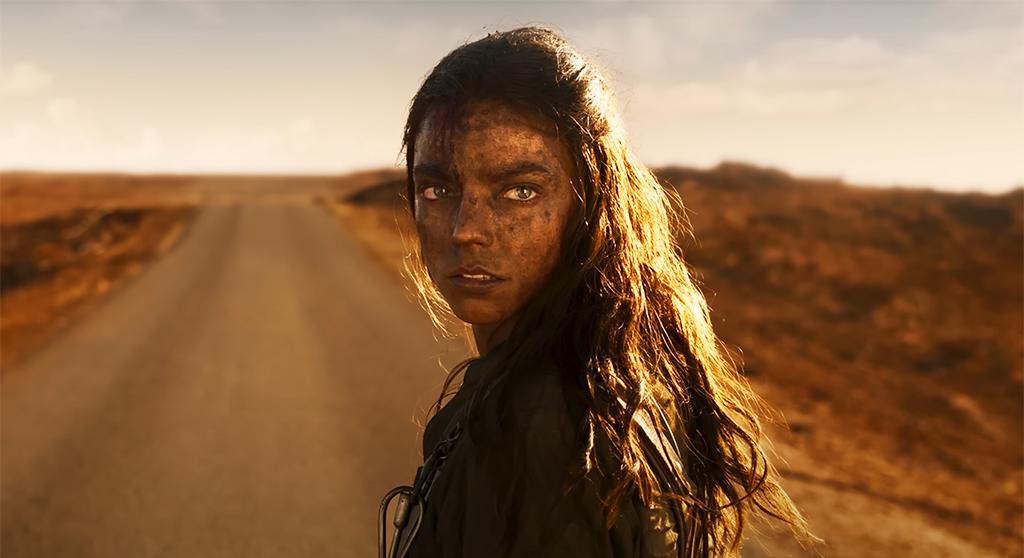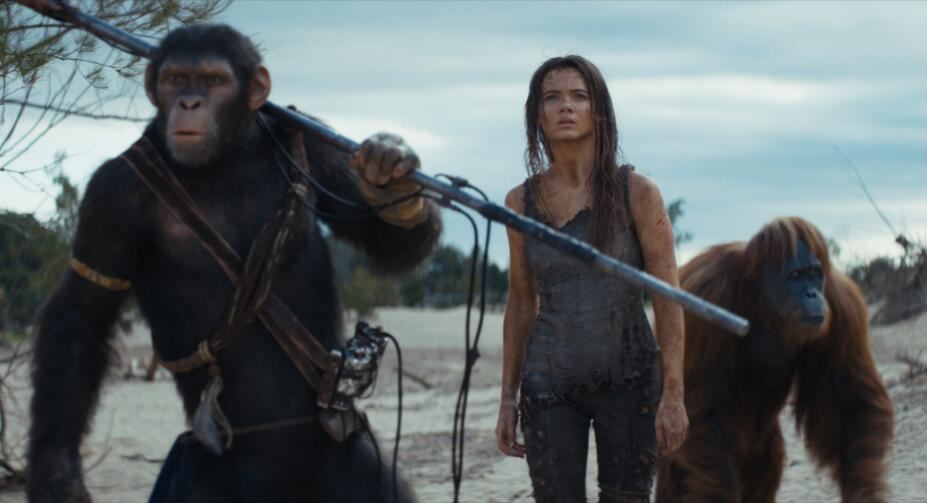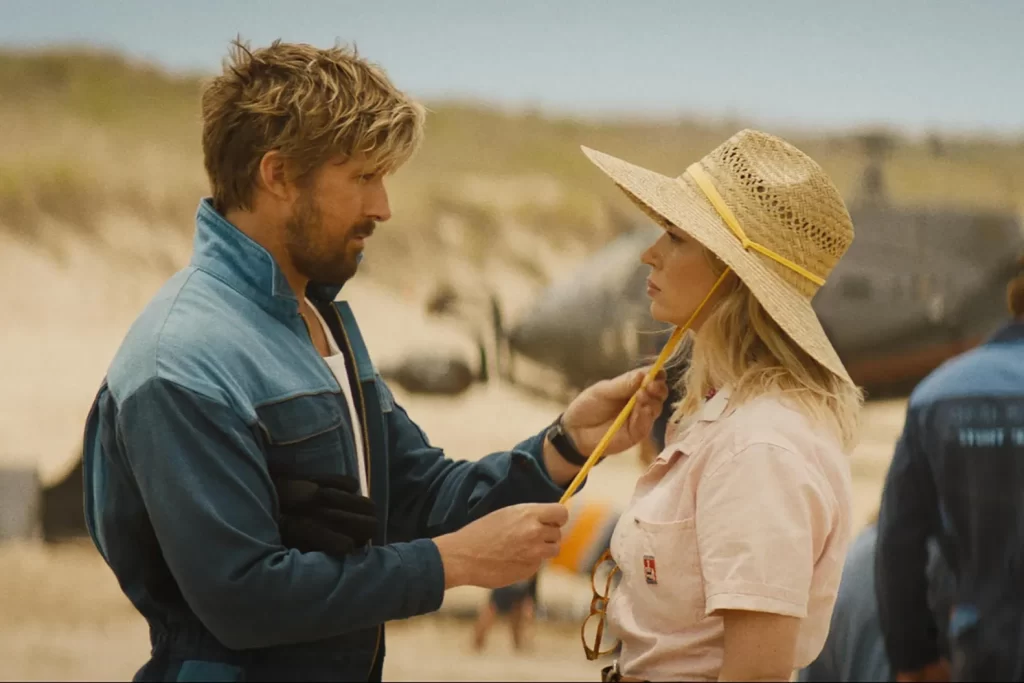In a Violent Nature: One Man’s Slash Is Another Man’s Pleasure

A campfire tale soaked in bile and blood, In a Violent Nature is a deeply unpleasant experience. This, of course, is the point; written and directed by Chris Nash, the movie is designed to unsettle its audience and subvert our expectations. By this measure, I suppose you could call it a success. But when judged against more traditional metrics—e.g., character development, thematic meaning, entertainment value, being vaguely interesting, etc.—it’s a failure.
Not a poorly made one, though. Making his first feature, Nash adopts a distinctive and coherent visual style, which he implements with considerable (albeit clammy) rigor. Operating within a cramped aspect ratio, his camera moves with a slow, purposeful glide, stalking its victims with deadly purpose. He refuses to use a musical score, instead relying on immersive sound design in which off-screen conversations are barely heard, like whispers in the woods. His technique isn’t found-footage horror—it’s methodical rather than chaotic—but it does fabricate a queasy, you-are-there intimacy. The result is like a Dardenne Brothers movie from hell—a ground-level observation of a supernatural monstrosity. Read More




